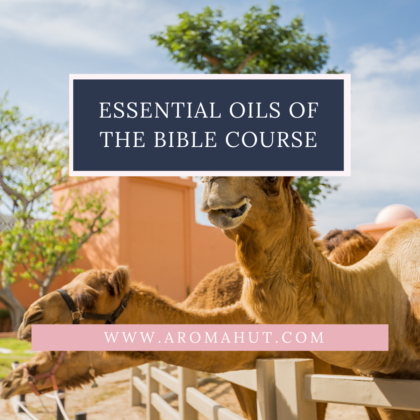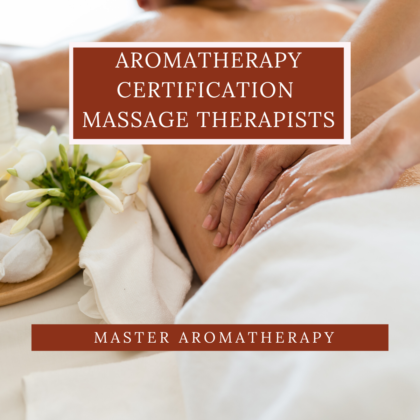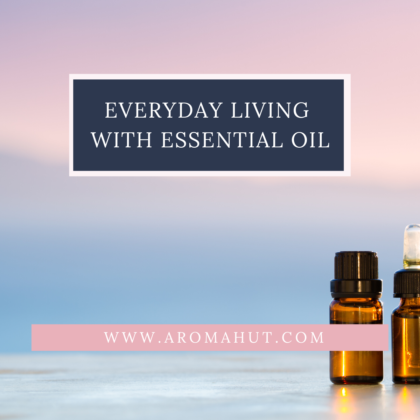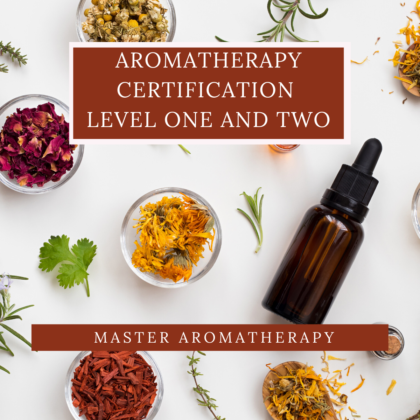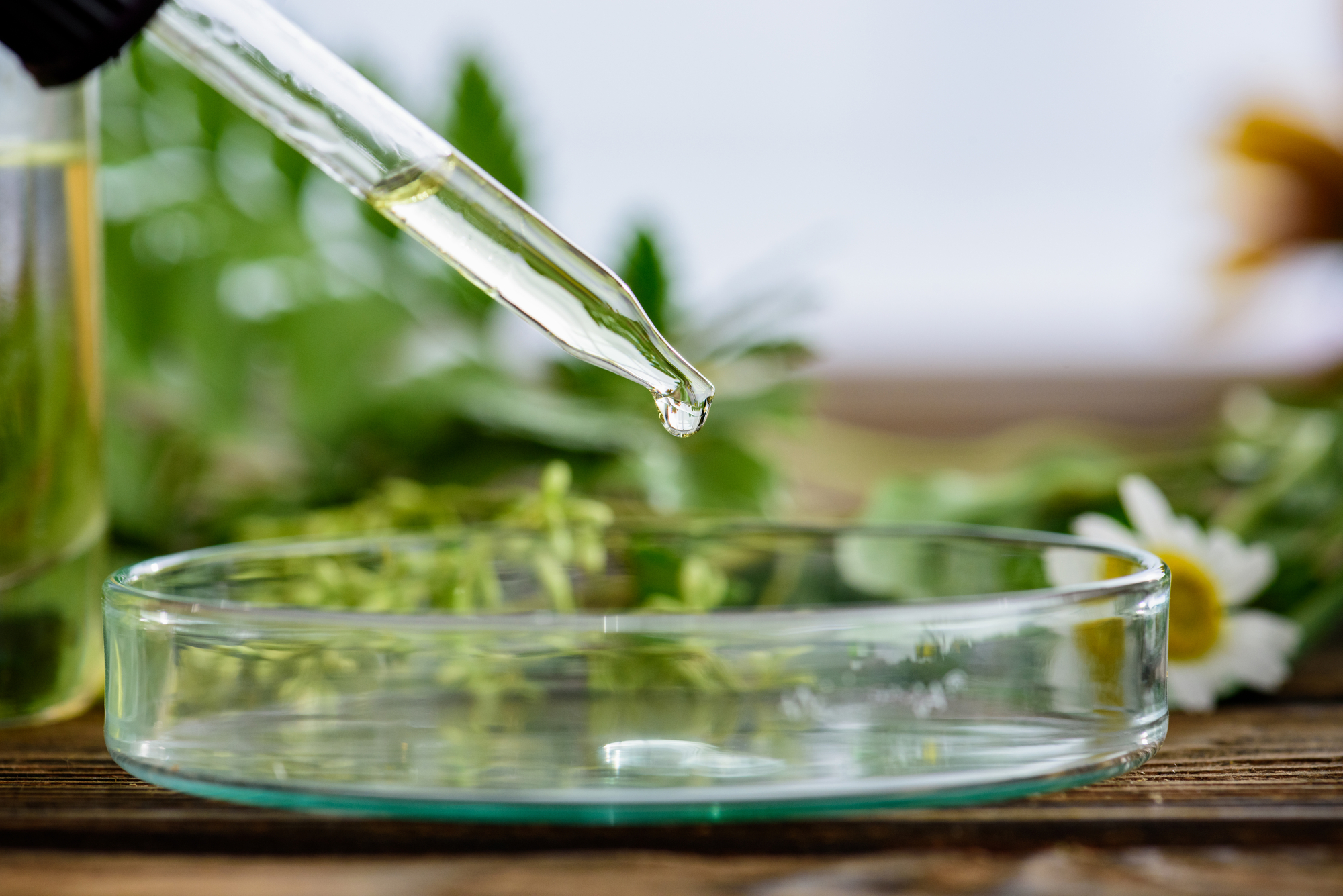
Description
In this 50-hour course, you will learn how aromatic plants, herbs, and resins were used as “essential oils of the bible” in ancient times dating back 4,000 years for incense, perfumes, culinary and medicinal purposes in comparison to essential oils today extracted and distilled from these same botanical species. This online aromatherapy course gives you access to numerous videos, assignments, and several blending activities, coming away with solid foundation in the clinical uses of essential oils. In order to receive a certificate of completion, you will need to complete all of the written lessons and quizzes and create blends and products covered in class. You will be provided with a solid and concise understanding of aromatherapy and how to use oils safely and effectively.
During this course, you will explore the spiritual significance of each plant, herb, or resin in comparison to its modern-day essential oil counterpart (i.e. Frankincense resin vs. Frankincense essential oil), its healing properties, along with scientific basis for the efficacy of each essential oils based on broad-based research and how each essential oil interacts with each body system, as well as how they affect emotional stress.
Throughout this hands-on course, you will work with over twenty essential oils, review the chemistry of essential oils covered and how they affect the anatomy and physiology of the body. Several videos, assignments, and blending activities will provide a solid foundation in the clinical uses of the essential oils covered in this course. You will also have the opportunity to explore ancient practices such as making incense for diffusion, or creating holy water using floral waters and hydrosols, and how to formulate your own anointing oil, healing salves, and havdalah spices.
The following essential oils covered in this course provides detailed datasheets containing a brief description of the plant source, Botanical Family and Latin Name, Country of Origin, Extraction Method, Plant Part Used, Note Characteristics, Safety Precautions, Therapeutic Properties, and a breakdown of how to use for each body system:
Essential Oils Used In This Course
- Anise (Pimpinellas anisum)
- Agarwood – Aquilaria malaccensis
- Calamus – Acorus calamus
- Cassia – Cinnamomum cassia
- Cinnamon Bark (Cinnamomum zeylanicum)
- Cistus Labdanum (Cistus ladanifer)
- Cedarwood (Cedrus Atlantica)
- Cypress (Cupressus sempervirens)
- Fennel (Foeniculum vulgare dulce)
- Frankincense – Boswellia carterii
- Galbanum (Ferula galbaniflua)
- Garlic – Allium sativum
- Henna – Lawsonia inermis
- Hyssop (Hyssopus officinalis)
- Marjoram (Origanum marjorana)
- Myrrh (Commiphora myrrha)
- Myrtle – Myrtus communis
- Olive Oil – Olea europaea
- Onycha (Benzoin) – Styrax benzoin
- Pine (Pinus sylvestris)
- Saffron – Crocus sativa
- Sandalwood – Santalum album
- Spikenard – Nardostachys jatamansi
Supplies and Textbooks Used

